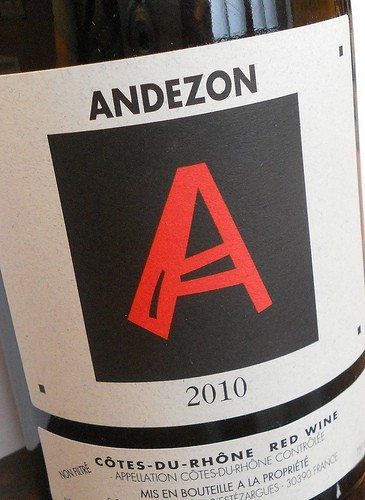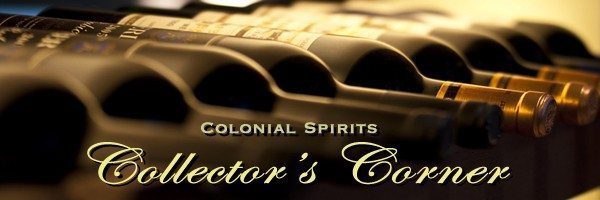Colonial Spirits is proud to introduce our new fine and rare wine cellar/cabinet. This climate controlled unit is where we will be storing our finest offerings from Taittinger ‘Comtes de Champagne’ Millésime 1990 to 2008 Château Palmer Margaux and dozens more.
Our cabinet inventory is catalogued on our website at…
https://www.colonialspirits.com/wine/wine-cabinet
Our staff of experienced wine experts are always available to open the cabinet and discuss our selection to help you choose the right wine for dinner, a gift or the next addition to your cellar. Many of the wines are extremely limited and available only in the quantity on hand.
Fine Wine Cabinet



 The past 3 years have been some of the best vintages to date in almost any region; Bordeaux, Burgundy, California, Washington, Oregon and so forth, but only a few have had outstanding vintages both in 2009 and 2010, the Rhone happens to be one of them. Some of the best wines, since 2007, have been recently released and if you follow ratings or don’t, it doesn’t matter because the quality is in the glass. Rich, dense, structured, firm, age-worthy and balanced are just a few of the descriptors when reviewing the wines from these vintages, but act fast because it will all be sold before you know it. So take advantage of the wines from these vintages whether they are inexpensive and ready to drink now, or expensive and meant to be drunk years down the road, because nothing good ever lasts.
The past 3 years have been some of the best vintages to date in almost any region; Bordeaux, Burgundy, California, Washington, Oregon and so forth, but only a few have had outstanding vintages both in 2009 and 2010, the Rhone happens to be one of them. Some of the best wines, since 2007, have been recently released and if you follow ratings or don’t, it doesn’t matter because the quality is in the glass. Rich, dense, structured, firm, age-worthy and balanced are just a few of the descriptors when reviewing the wines from these vintages, but act fast because it will all be sold before you know it. So take advantage of the wines from these vintages whether they are inexpensive and ready to drink now, or expensive and meant to be drunk years down the road, because nothing good ever lasts. 
